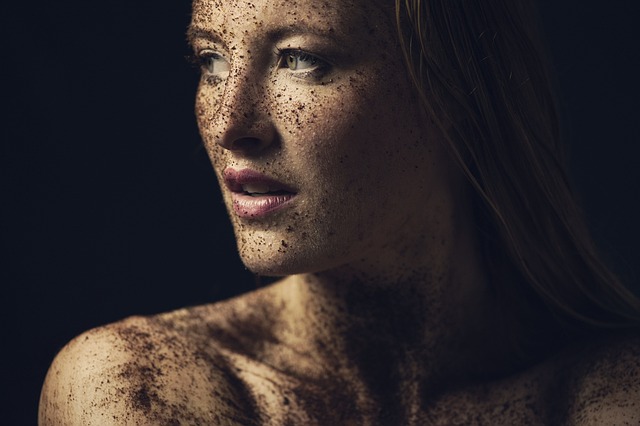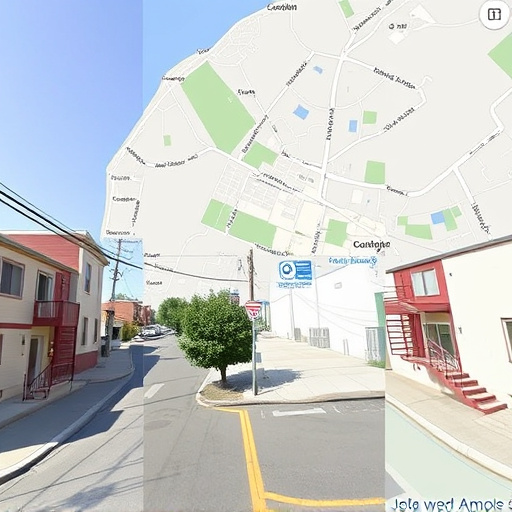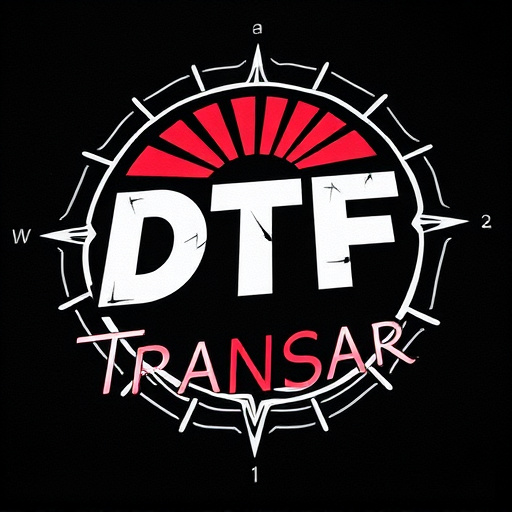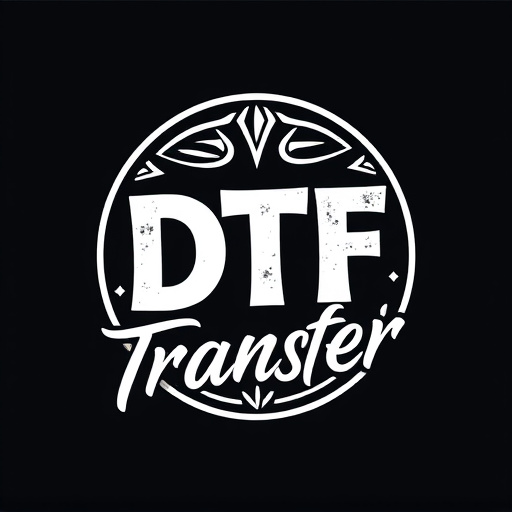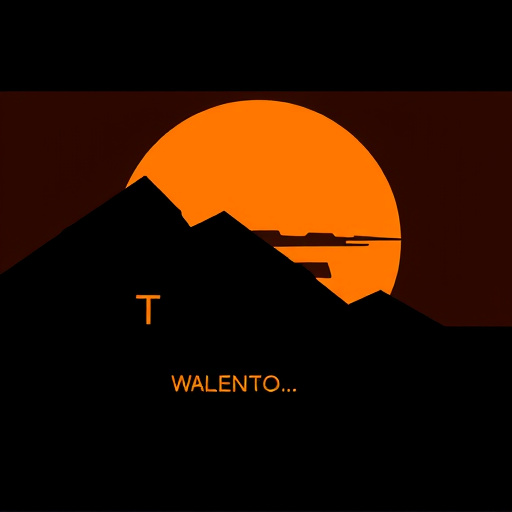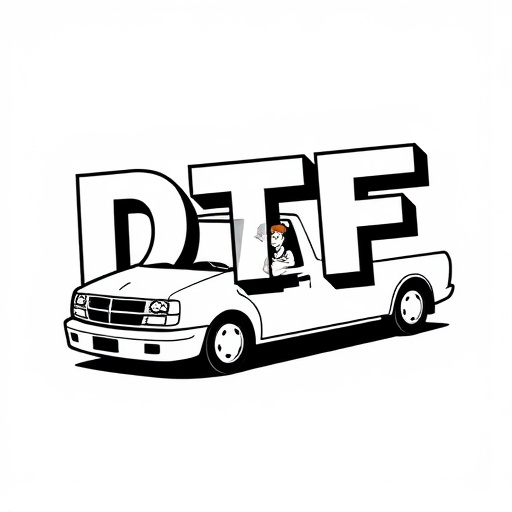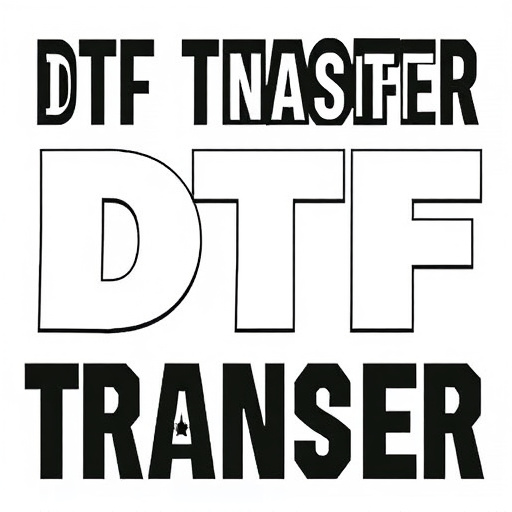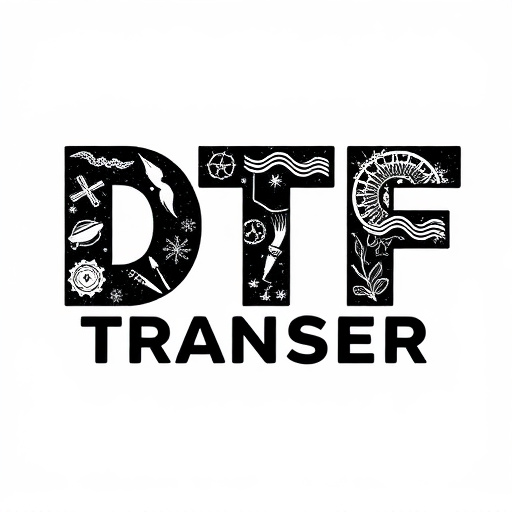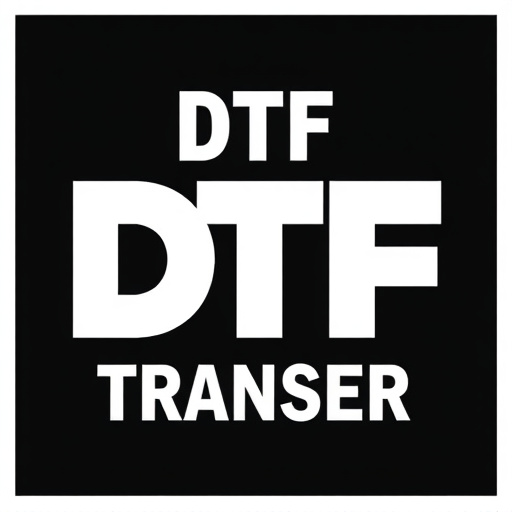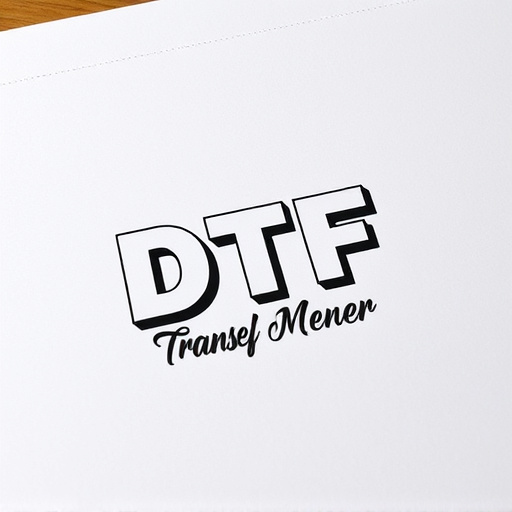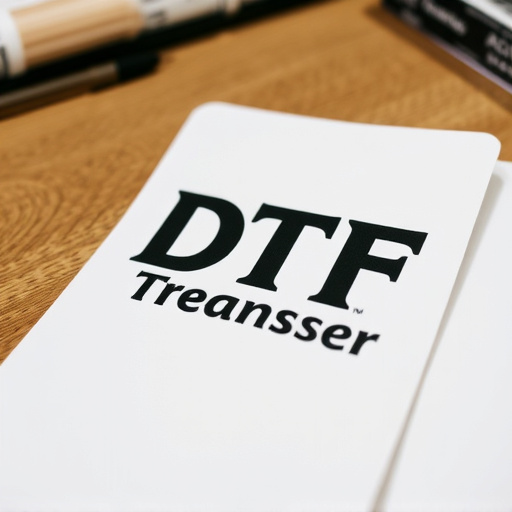Direct-to-Film (DTF) transfers are revolutionizing visual production with cutting-edge precision and quality. This technique enables direct image transfer onto film stock, eliminating intermediate steps and minimum order quantity constraints. DTF offers sharp colors and fine detail reproduction, suitable for professional uses like theatrical releases, short films, animation projects, and DIY endeavors. With swift production times—including same-day or next-day turnaround—DTF printing empowers creators and businesses to meet urgent requirements promptly. Ideal for small batches, one-off projects, prototypes, and urgent needs, DTF transfer services offer cost-effectiveness, flexibility, and minimal waste. Choosing the right provider with industry expertise and advanced technology ensures superior results, while emerging trends suggest broader applications in the future.
“Discover the flexibility of Direct-to-Film (DTF) transfers with no minimum quantity requirements. This innovative process is transforming the way we produce prints, offering unprecedented convenience and cost-effectiveness. In this comprehensive guide, we explore DTF’s benefits, its simple printing process, and how it empowers businesses.
From understanding DTF’s advantages to identifying ideal use cases, you’ll learn why choosing a service with no minimum order limits is a game-changer. Get ready to revolutionize your print needs.”
- Understanding Direct-to-Film Transfers (DTF) and Their Benefits
- How DTF Printing Works: A Step-by-Step Guide
- Advantages of Choosing Services with No Minimum Quantity Requirements
- Ideal Use Cases for DTF Transfer Services
- Selecting the Right Service Provider for Your DTF Needs
- The Future of DTF: Trends and Innovations to Watch
Understanding Direct-to-Film Transfers (DTF) and Their Benefits
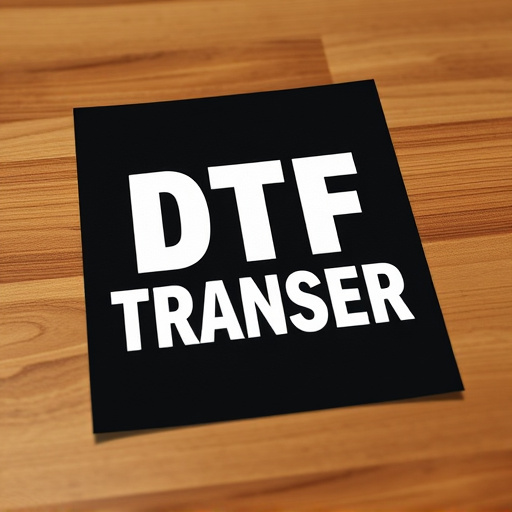
Direct-to-Film (DTF) transfers are a cutting-edge printing technique revolutionizing the way we produce and reproduce visuals. Unlike traditional methods that rely on intermediate steps, DTF involves transferring images directly onto film stock, offering unparalleled precision and quality. This innovative process is particularly beneficial for businesses and artists seeking high-fidelity prints without the constraints of minimum order quantities (MOQs). By eliminating the need for complex set-ups and large orders, DTF printing empowers individuals to bring their creative visions to life efficiently and cost-effectively.
The advantages of DTF transfers are numerous. They deliver sharp, vibrant colors and fine detail reproduction, making them ideal for professional applications such as theatrical releases, short films, animation projects, and even personal DIY endeavors. Moreover, DTF prints can be swiftly produced, allowing for same-day or next-day turnaround times in some cases. This speed and flexibility ensure that creators and businesses can respond promptly to their needs, whether it’s a last-minute poster requirement or an urgent advertising campaign.
How DTF Printing Works: A Step-by-Step Guide
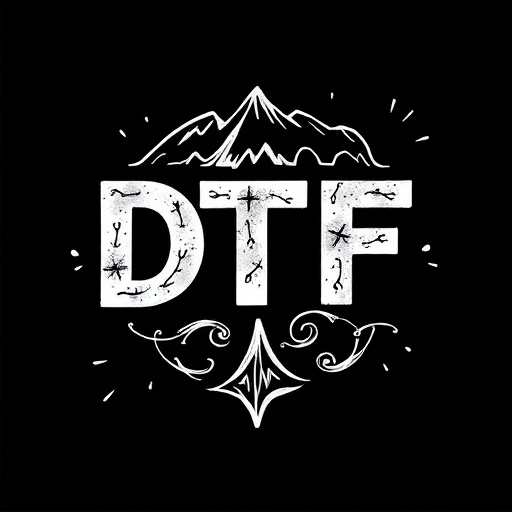
Direct-to-film (DTF) printing is a cutting-edge method that allows for on-demand film transfers, eliminating the need to meet minimum quantity requirements. This innovative process has revolutionized the way businesses and individuals handle custom prints, offering unparalleled flexibility and convenience. Here’s a simplified guide to understanding how DTF transfer works:
1. File Preparation: The journey begins with preparing your design or image file. This could be artwork, photography, or any visual content you wish to print. The file is optimized for DTF printing, ensuring it meets the required resolution and specifications.
2. Film Coating Application: Specially formulated DTF ink is applied to a transparent film. This ink is designed to adhere specifically to the desired substrate when transferred. The coating process involves carefully spreading the ink onto the film, creating a thin, even layer.
3. Curling and Curing: After coating, the film undergoes a curling process, where it’s gently heated to set the ink and ensure the film curves evenly around the substrate. This step is crucial for achieving a smooth, crisp transfer.
4. Substrate Preparation: The final step involves preparing the surface where the DTF print will be applied. This can vary depending on the material—it might be fabric, wood, metal, or even glass. The substrate needs to be clean, dry, and free from any debris that could interfere with the transfer.
5. Transfer Process: With the film positioned precisely over the substrate, a heat press is used to apply pressure while gradually heating the film. This activates the adhesive properties of the ink, causing it to bond with the substrate. The press ensures even distribution of heat, resulting in a high-quality print that appears as if it was painted directly onto the material.
6. Cooling and Removing: After the transfer, the heat press is slowly cooled, and the film is carefully peeled away, leaving behind a vibrant, precise DTF print. This entire process is quick and efficient, allowing for the creation of unique, custom prints on demand.
Advantages of Choosing Services with No Minimum Quantity Requirements
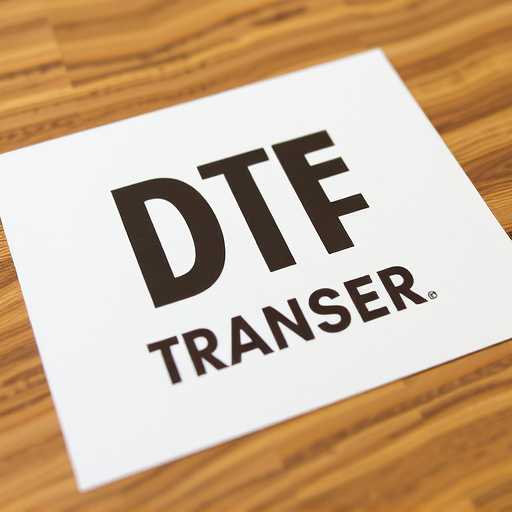
Choosing services with no minimum quantity requirements for direct-to-film (DTF) transfers offers several advantages that can significantly benefit businesses and individuals alike. One of the key benefits is cost-effectiveness, as there’s no need to commit to large orders to justify production costs, making it an attractive option for small batches or one-off projects. This flexibility allows for greater experimentation and customization, enabling businesses to test new designs, concepts, or marketing campaigns without a substantial upfront investment.
Additionally, services with relaxed quantity requirements can streamline the ordering process, saving time and effort. Customers can order as few as one DTF print, making it ideal for urgents needs, prototypes, or small-scale events. Moreover, these services often boast user-friendly platforms, allowing clients to easily upload designs, customize prints, and place orders with minimal technical expertise required. This accessibility contributes to a seamless experience, ensuring that high-quality DTF transfers are within reach for all.
Ideal Use Cases for DTF Transfer Services
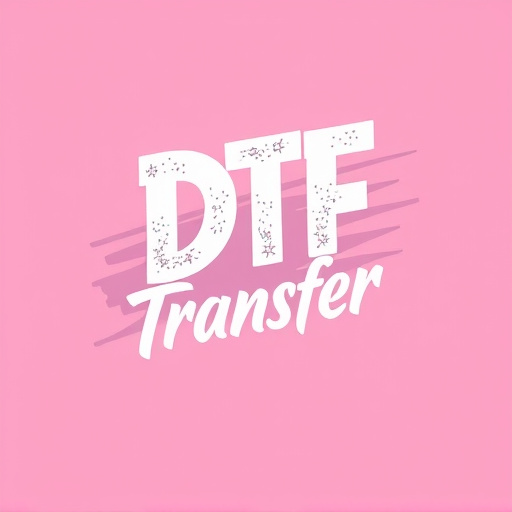
Direct-to-film (DTF) transfer services offer a unique and efficient solution for various businesses and individuals looking to create high-quality prints without the need for minimum order quantities. These services are particularly well-suited for several use cases, catering to both small-scale and large-volume requirements. For instance, small businesses or startups with limited budgets can leverage DTF printing to produce custom merchandise, such as t-shirts, mugs, or phone cases, in small batches without incurring costly set-up fees.
Additionally, event organizers, artists, and photographers can greatly benefit from DTF transfer services. Customized promotional items for events, personalized gifts with photos, or limited-edition art prints can be swiftly produced on demand. This on-demand nature of DTF printing ensures that there’s no waste, as orders are fulfilled only after receipt, making it an eco-friendly option. Moreover, these services provide flexibility, allowing clients to experiment with different designs and products without committing to large orders.
Selecting the Right Service Provider for Your DTF Needs

Choosing the ideal service provider for your direct-to-film (DTF) transfer needs is a critical step in ensuring top-quality results. When selecting a DTF printing service, consider their expertise and experience in the industry. Look for providers who specialize in DTF transfers and have a proven track record of delivering consistent, high-resolution prints. Check reviews and testimonials from previous clients to gauge their satisfaction levels.
Additionally, assess the technology and equipment they use. Modern DTF printers employ advanced techniques like piezoelectric or thermal printing, offering finer detail and truer color reproduction. Reputable service providers will invest in cutting-edge machinery to produce crisp, vibrant DTF prints tailored to your specifications, whether it’s for promotional materials, art reproductions, or custom designs.
The Future of DTF: Trends and Innovations to Watch
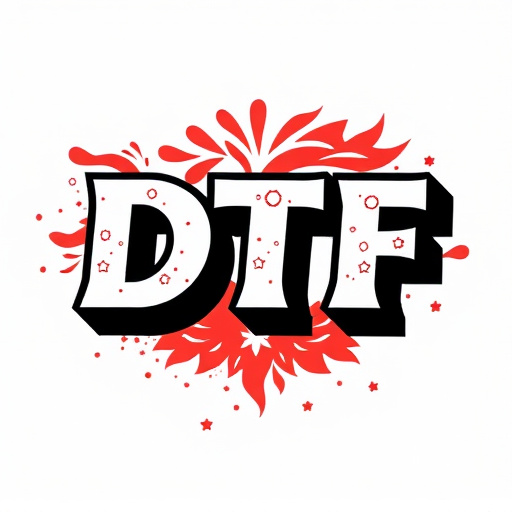
The future of direct-to-film (DTF) transfers is bright, with several emerging trends and innovations poised to reshape the industry. One notable trend is the increasing demand for on-demand DTF printing services, allowing businesses and individuals to order small batches or even single prints without minimum quantity requirements. This shift caters to the needs of niche markets and custom designs, fostering a more inclusive and flexible printing environment.
Additionally, advancements in technology are driving the quality and efficiency of DTF transfers. Improved print heads, inks, and substrates promise higher resolution, vibrant colors, and enhanced durability for DTF prints. As these innovations mature, we can expect even more diverse applications for DTF technology, expanding its reach beyond traditional clothing and into areas like signage, decorative items, and specialized industrial printing.

